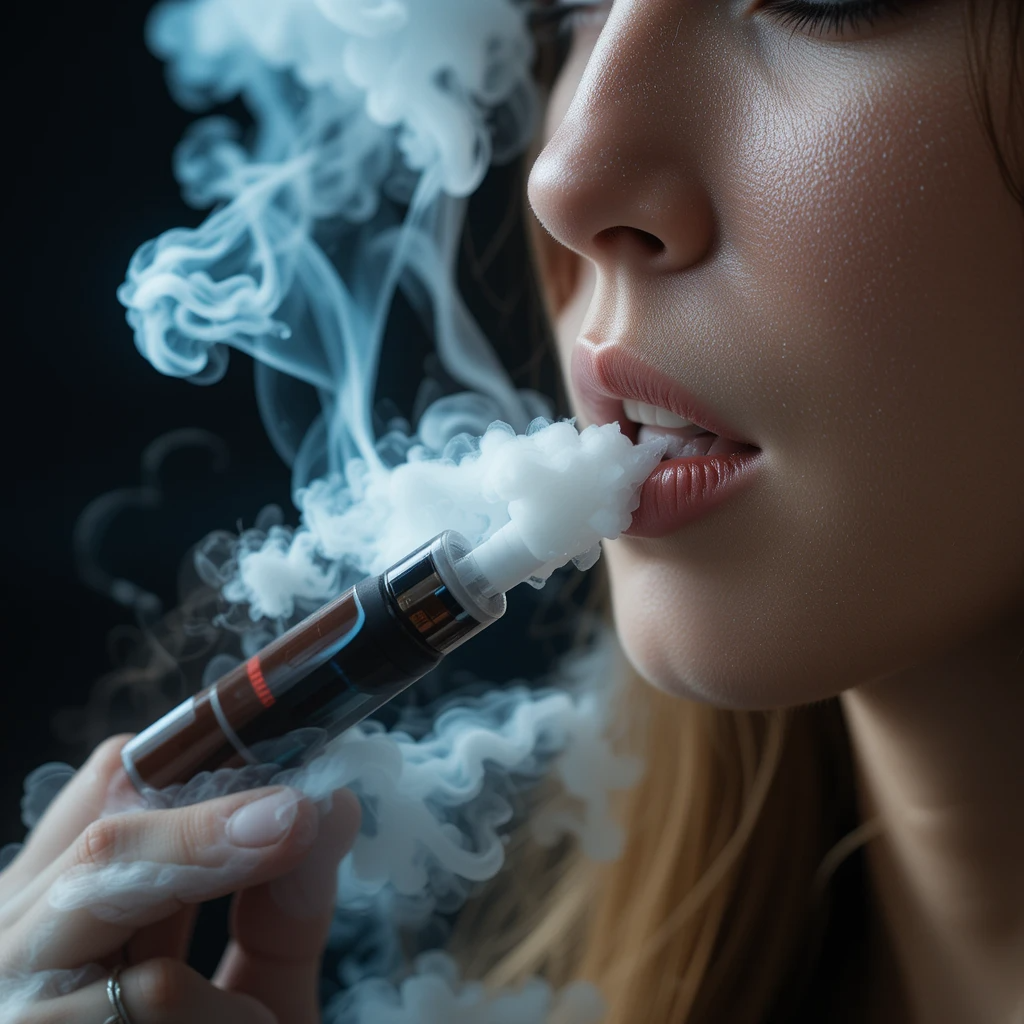Reports Indicate Rising Vape Use Among Teenagers
Rising vape use among teenagers has become a growing concern for health officials, educators, and parents alike. Recent data show a significant increase in the number of young people experimenting with or regularly using vaping products. Experts warn that this trend may lead to long-term addiction and potentially impact adolescent brain development. Easy access to flavored e-liquids and discreet device designs contribute to vaping’s appeal among youths. Authorities stress the importance of targeted prevention programs to combat this surge. Meanwhile, schools are working to identify early signs of usage and provide support to affected students. This shift calls for stronger regulations and community awareness to address the rising challenge.
Rising Vape Use Spurs Calls for Tighter Regulation
As teenage vaping rates climb, policymakers face increasing pressure to introduce stricter controls on product marketing and sales. Many argue current age verification measures remain insufficient, allowing minors to purchase devices online or through informal channels. Flavored pods and liquids, in particular, attract young users, prompting debate over possible flavor bans. Regulatory bodies in several countries have begun reviewing policies to restrict youth-targeted advertising and impose harsher penalties for violations. Some jurisdictions also consider raising the minimum purchasing age to reduce accessibility. These efforts reflect a growing recognition that proactive regulation is crucial to slow the rising trend and protect public health.
Educational Institutions Grapple with Vaping Challenges
Schools have become frontline settings for addressing the consequences of increasing vape use among teenagers. Educators report heightened difficulties in detecting and preventing use during school hours due to the compact and concealable nature of modern devices. Moreover, vaping affects academic performance and social interactions, complicating student wellbeing initiatives. Many institutions now incorporate vaping education into health curricula, emphasizing risks associated with nicotine dependence and potential gateway effects. Counselors and nurses collaborate with families to support affected students and develop intervention strategies. This comprehensive approach aims to mitigate vaping’s impact while fostering healthier behaviors among youths.
Public Health Campaigns Adapt to Rising Vape Popularity
Public health authorities are reshaping messaging to counteract the normalization of vaping in teenage culture. Campaigns emphasize both the immediate and long-term consequences of nicotine exposure on young brains. They also seek to debunk myths portraying vaping as harmless or a safe alternative to smoking. These initiatives often use social media platforms popular with teens, aiming for relatable content delivered by peers or influencers. Collaborations with community organizations enhance outreach efforts, providing accessible resources for parents and educators. With vaping’s rise showing no signs of slowing, these strategies become vital components in comprehensive prevention frameworks.
Research Highlights Urgent Need for Continued Monitoring
Ongoing studies aim to better understand how rising vape use affects teenage health and development. Early findings suggest associations with increased respiratory issues and behavioral changes, though more research is necessary to establish causality. Experts call for longitudinal studies that track vaping patterns and related outcomes over time. Accurate data collection will inform policymaking, educational programming, and healthcare responses. Until clearer evidence emerges, precautionary principles guide current recommendations. This evolving field underscores the urgency of vigilance and adaptive strategies to address the complex challenges posed by the vaping epidemic among youths.














